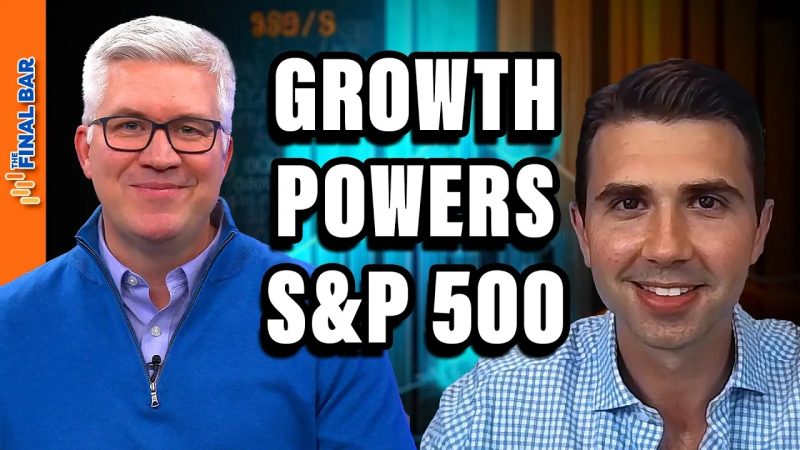The S&P 500 Index, a market-capitalisation-weighted index representing the performance of 500 of the largest publicly traded companies in the US, serves as an essential barometer for the overall health of the country’s economy. From significant highs to nail-biting lows, the S&P 500 has seen it all. In this contemporary climate, growth seems alive and kicking for the S&P 500, undeterred by the economic pitfalls brought about by global crises.
The current upward trajectory of the S&P 500 is underpinned by both macro and micro factors. The macro factors include the Federal Reserve’s committed stance to low-interest rates and enormous fiscal stimulus packages designed to keep the economy afloat during the pandemic. These broader economic decisions have resulted in increased liquidity in the market, creating an environment conducive to stock market growth.
Furthermore, the micro factors contributing to the growth of the S&P 500 are derived from the market’s sectors themselves. Technology and healthcare companies have been the leading forces behind the index’s growth, fuelled by the increased demand for remote working solutions and medical treatments due to the pandemic. As these trends are likely to continue in a post-pandemic world, one might expect these sectors to continue their leadership role in driving the S&P 500’s performance.
Additionally, businesses within the S&P 500 have shown remarkable resilience and the ability to adapt rapidly in response to the evolving market conditions. Businesses which were otherwise impacted negatively have taken serious strides in digital transformation and business model adaptability to keep up with the demand shifts and consumer behavior changes imposed by the pandemic. This, in turn, has resulted in robust earnings recovery across the S&P 500, further propelling the index’s growth.
Investors have reciprocated positively to this growth. They are fueling capital infusion in these companies believing in their future performance based on their current resilience, adaptability, and growth. Thus, the investor sentiment seems equally persistent to keep the growth going for the S&P 500.
Notwithstanding the optimism, one must also acknowledge and plan for potential risks. Economic uncertainties brought about by the pandemic are far from over, and the market must proceed with caution. Inflationary pressures, geopolitical tensions, and potential amendments to corporate tax legislation, among other factors, could potentially impact the S&P 500’s buoyant performance.
Nevertheless, the adaptation and resilience demonstrated by the corporations, backed by the Fed policies and positive investor sentiment, provide a substantive basis for believing that growth is indeed alive and kicking for the S&P 500. The index’s performance is a testament to the American economy’s inherent dynamism and the resilience of the companies it comprises.
While the crystal ball is always uncertain in financial markets, based on current factors and indicators, the S&P 500, for NOW, seems to have reinvented itself and is successfully navigating the stormy seas of economic turbulence. By balancing the need for growth with the ability to manage risks, adapt, and thrive in this dynamic environment, these companies have their sights set on the future, fostering optimism in the potential sustained growth of the S&P 500.




